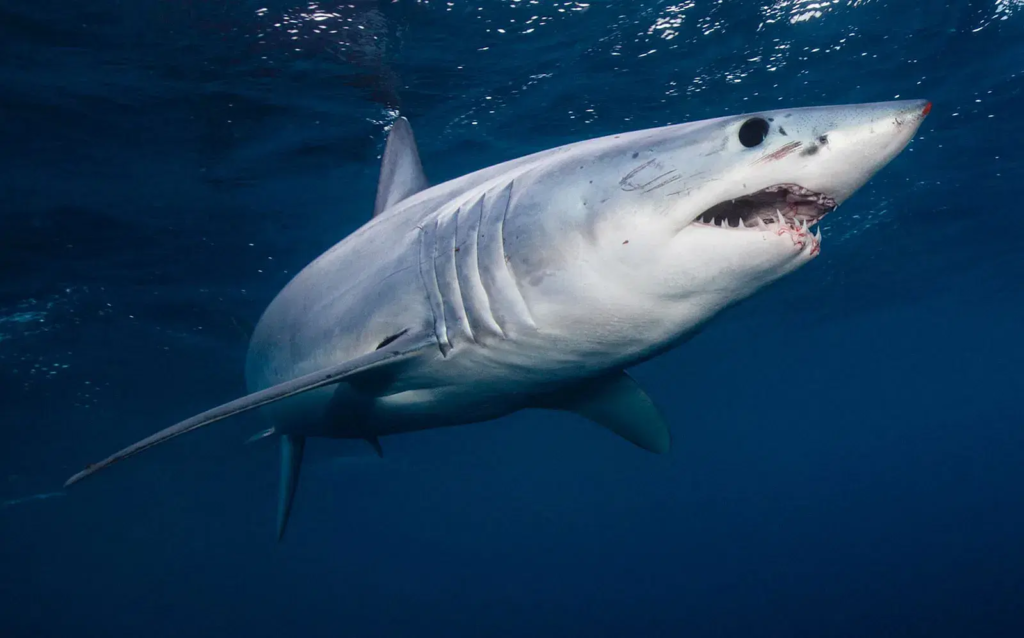Chondrichthyes, also known as cartilaginous fish, represent a diverse group that includes sharks, rays, and chimaeras. Here are some key points about them:
- Skeleton: Unlike bony fish, Chondrichthyes have skeletons made of cartilage instead of bone. This makes them lighter and more flexible, aiding in their swimming abilities.
- Diversity: The group comprises around 1,000 species. Sharks come in various sizes and shapes, from the massive whale shark to the small dwarf lanternshark. Rays, on the other hand, often have flattened bodies adapted for life on the ocean floor.
- Senses: Chondrichthyes possess remarkable sensory systems. Sharks, for instance, have an acute sense of smell, excellent vision in low-light conditions, and specialized electroreceptors (Ampullae of Lorenzini) that detect electrical fields emitted by prey.
- Reproduction: They exhibit a variety of reproductive strategies. Some lay eggs (oviparous), while others give birth to live young (viviparous). Some species even have a mix of both reproductive methods (ovoviviparous).
- Ecological Role: Chondrichthyes play crucial roles in marine ecosystems as top predators, helping to regulate populations of other species. They also contribute to the balance of ocean food webs.
- Conservation: Many Chondrichthyes face threats due to overfishing, habitat destruction, and accidental capture (bycatch). Several species are classified as threatened or endangered, making conservation efforts vital to their survival.
Their unique characteristics and ecological importance make Chondrichthyes a captivating group within the world of marine life.
About this fish all information we get by the help of zoology, BY the use of zoology we know that any of the fishes having the skeleton composed largely of cartilage, know as cartilaginous fishes.











